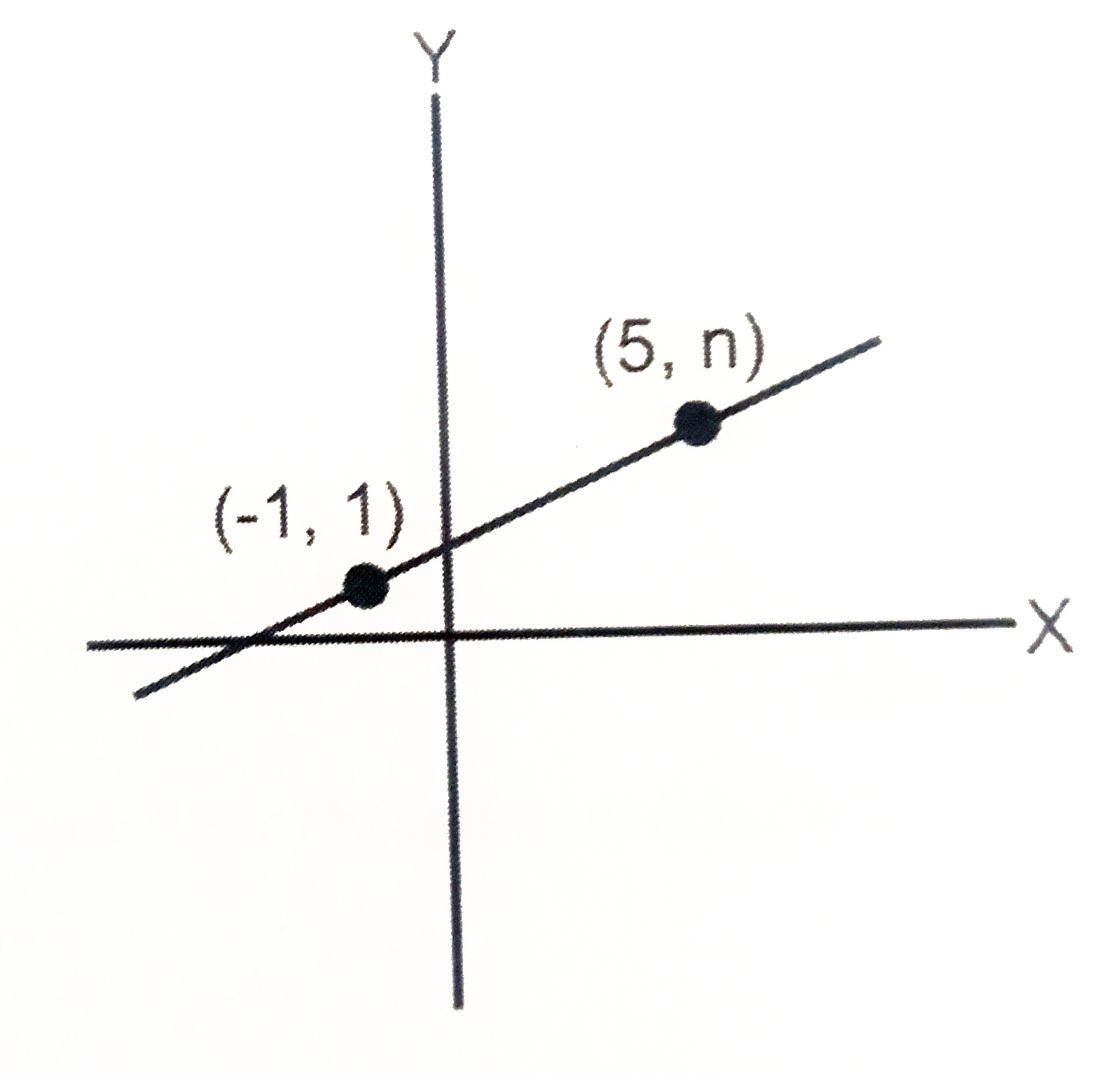Assertion: In isobaric process, (V - T) graph is a straight line passing through origin. Slope of this line is directly proportional to mass of the gas. (V) is taken on (y - axis).
Reason: V=(nRp)T
∴ Slope∝n
or slope∝m.
If both Assertion and Reason are true and the reason is correct explanation of the Assertion.
If both Assertion and Reason are true but Reason is not the correct explanation of Assertion.
If Assertion is true, but the Reason is false.
If Assertion is false but the Reason is true.
The correct Answer is:A
To solve the question, we need to analyze both the assertion and the reason provided.
Step 1: Understand the Assertion
The assertion states that in an isobaric process, the graph of Volume (V) versus Temperature (T) is a straight line that passes through the origin.
Step 2: Analyze the Isobaric Process
In an isobaric process, the pressure (P) remains constant. According to the ideal gas law, we have:
PV=nRT
Since P is constant, we can rearrange this equation to express volume (V) in terms of temperature (T):
V=nRPT
Step 3: Identify the Form of the Equation
The equation V=nRPT is in the form of y=mx, where:
- y is V
- x is T
- m (the slope) is nRP
This confirms that the graph of V versus T is indeed a straight line passing through the origin.
Step 4: Determine the Slope
The slope of the line is given by:
slope=nRP
Since n (the number of moles) is directly proportional to the mass (m) of the gas (where n=mM, with M being the molar mass), we can say:
slope∝n∝m
Thus, the slope is directly proportional to the mass of the gas.
Step 5: Analyze the Reason
The reason provided states that V=nRPT and concludes that the slope is proportional to n or mass m. This is consistent with our analysis in Step 4.
Conclusion
Both the assertion and the reason are true. The reason correctly explains the assertion.
Final Answer
Both assertion and reason are true, and the reason is the correct explanation of the assertion.
---
The assertion states that in an isobaric process, the graph of Volume (V) versus Temperature (T) is a straight line that passes through the origin.
In an isobaric process, the pressure (P) remains constant. According to the ideal gas law, we have:
PV=nRT
Since P is constant, we can rearrange this equation to express volume (V) in terms of temperature (T):
V=nRPT
The equation V=nRPT is in the form of y=mx, where:
- y is V
- x is T
- m (the slope) is nRP
The slope of the line is given by:
slope=nRP
Since n (the number of moles) is directly proportional to the mass (m) of the gas (where n=mM, with M being the molar mass), we can say:
slope∝n∝m
Thus, the slope is directly proportional to the mass of the gas.
The reason provided states that V=nRPT and concludes that the slope is proportional to n or mass m. This is consistent with our analysis in Step 4.
Both the assertion and the reason are true. The reason correctly explains the assertion.
Both assertion and reason are true, and the reason is the correct explanation of the assertion.
Topper's Solved these Questions
- THERMOMETRY,THERMAL EXPANSION & KINETIC THEORY OF GASESBOOK - DC PANDEY ENGLISHCHAPTER - THERMOMETRY,THERMAL EXPANSION & KINETIC THEORY OF GASESEXERCISE - Level 1 Objective
10 Videos
- THERMOMETRY,THERMAL EXPANSION & KINETIC THEORY OF GASESBOOK - DC PANDEY ENGLISHCHAPTER - THERMOMETRY,THERMAL EXPANSION & KINETIC THEORY OF GASESEXERCISE - Level 1 Subjective
48 Videos
- THERMOMETRY,THERMAL EXPANSION & KINETIC THEORY OF GASESBOOK - DC PANDEY ENGLISHCHAPTER - THERMOMETRY,THERMAL EXPANSION & KINETIC THEORY OF GASESEXERCISE - Exercise 20.5
7 Videos
- THERMOMETRY THERMAL EXPANSION AND KINETIC THEORY OF GASESBOOK - DC PANDEY ENGLISHCHAPTER - THERMOMETRY THERMAL EXPANSION AND KINETIC THEORY OF GASESEXERCISE - Medical entrance gallary
30 Videos
- UNIT AND DIMENSIONSBOOK - DC PANDEY ENGLISHCHAPTER - UNIT AND DIMENSIONSEXERCISE - Assertion And Reason
2 Videos
Similar Questions
Assertion : V = iR is Ohm's law.
Reason : V - I graph is always a straight line passing through origin.
View SolutionAssertion: In isochoric process p-V graph is straight line parallel to p-axis.
Reason: In isochoric process density ρ remains constant.
View SolutionP-V diagram of a diatomic gas is a straight line passing through origin. The molar heat capacity of the gas in the process will be
View SolutionP-V diagram of a diatomic gas is a straight line passing through origin. The molar heat capacity of the gas in the process will be
View SolutionGraph the line passing through the point P and having slope m.
P=(1,2),m=2
View SolutionGraph the line passing through the point P and having slope m.
P=(−1,3),m=0
View SolutionGraph the line passing through the point P and having slope m.
P=(2,4),m=−3
View Solution
The graph above depicts a straight line passing through (-1, 1) and (5, n). What is the least integer value of n if the slope is greater than 23 ?
View SolutionIf a line passing through the origin touches the circle (x−4)2+(y+5)2=25 , then find its slope.
View SolutionSTATEMENT-1 : Plot of P vs 1/V (volume) is a straight line for an ideal gas.
STATEMENT-2 : Pressure is directly proportional to volume for an ideal gas.
View Solution
